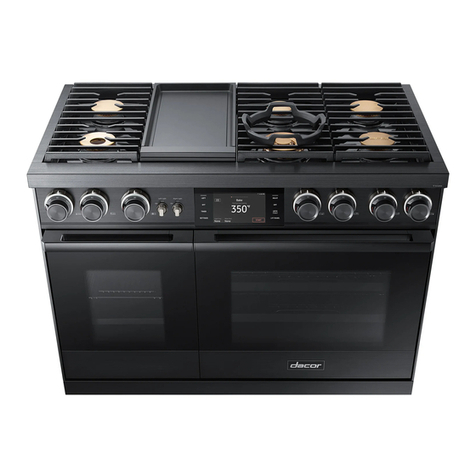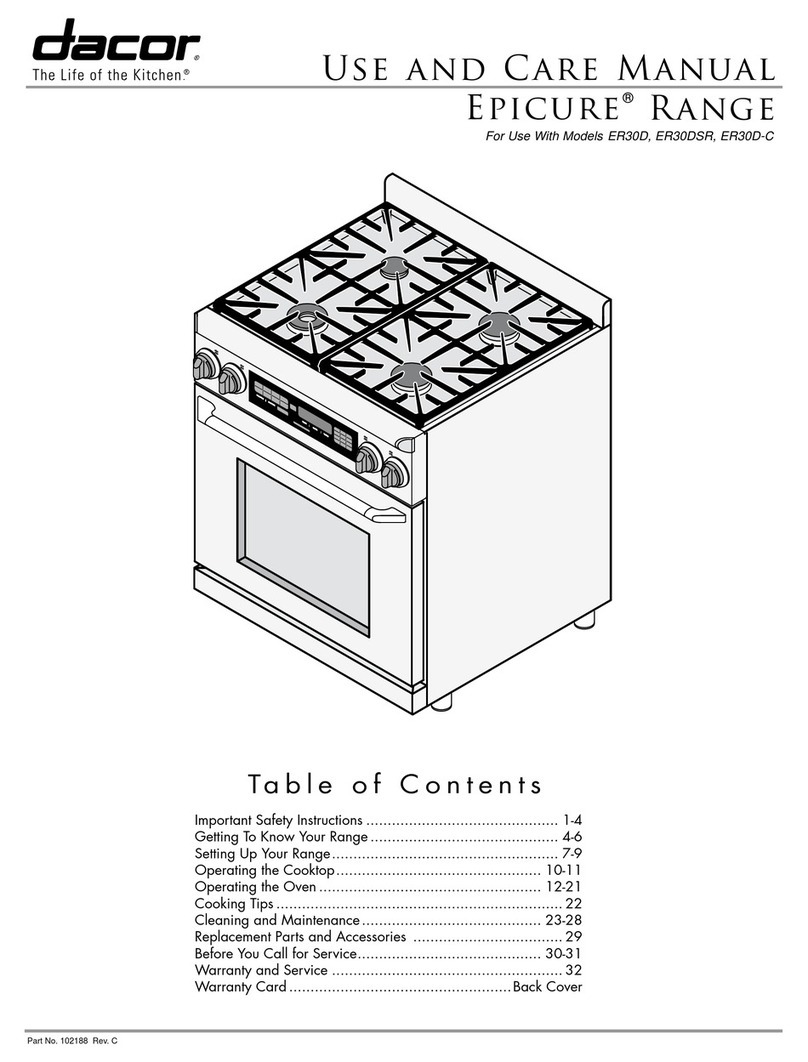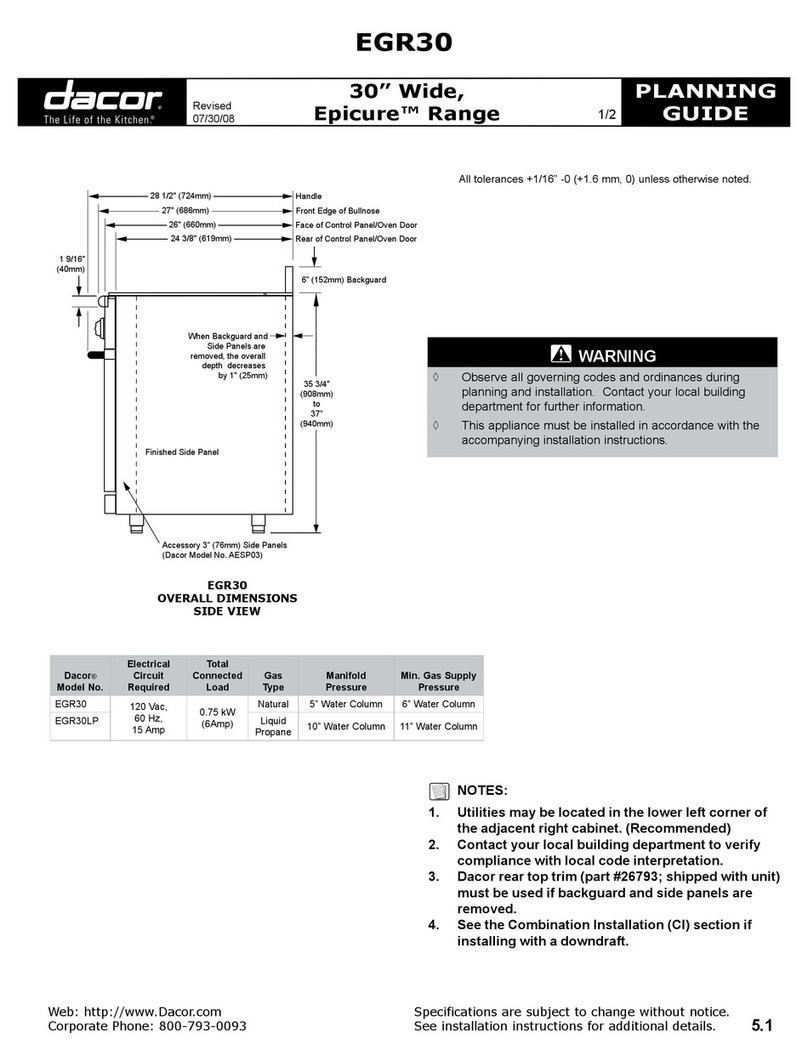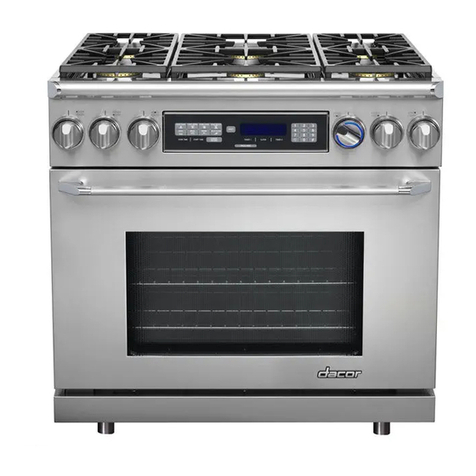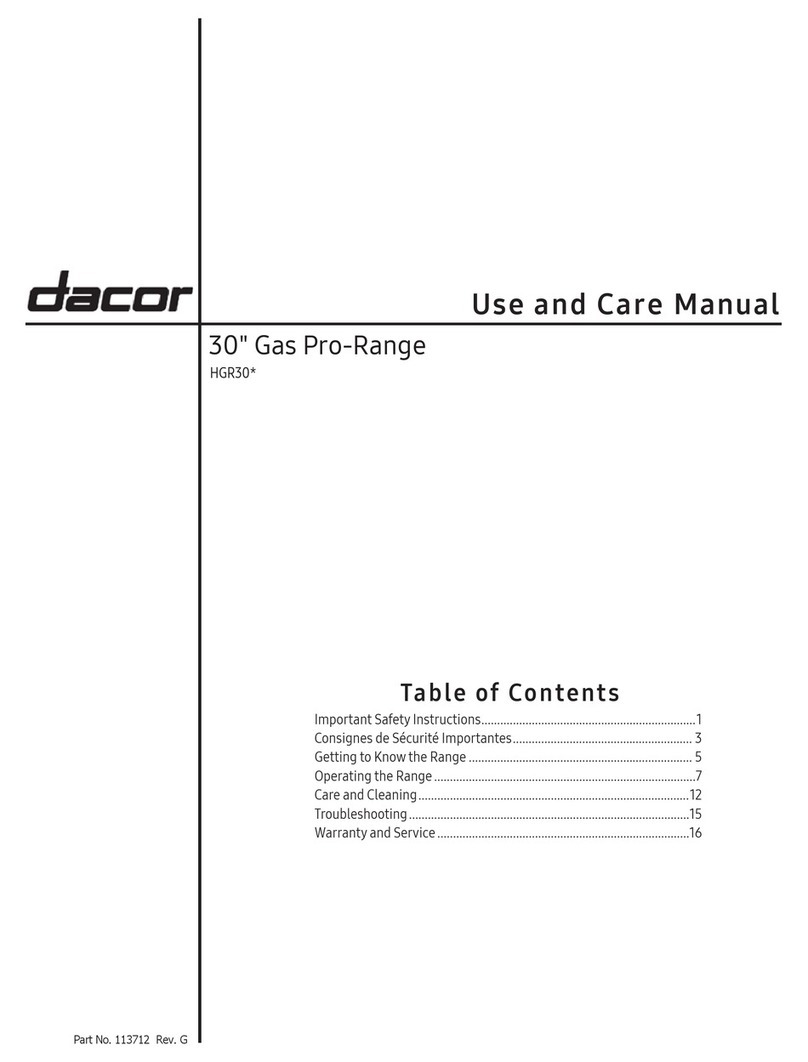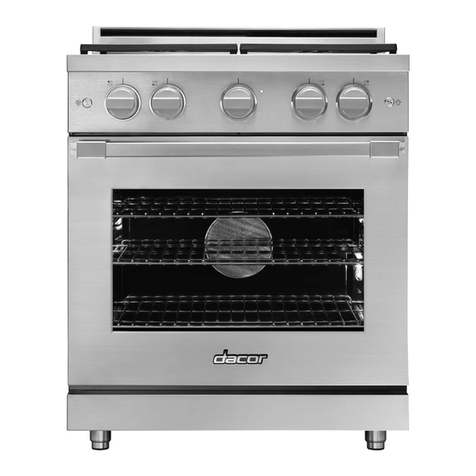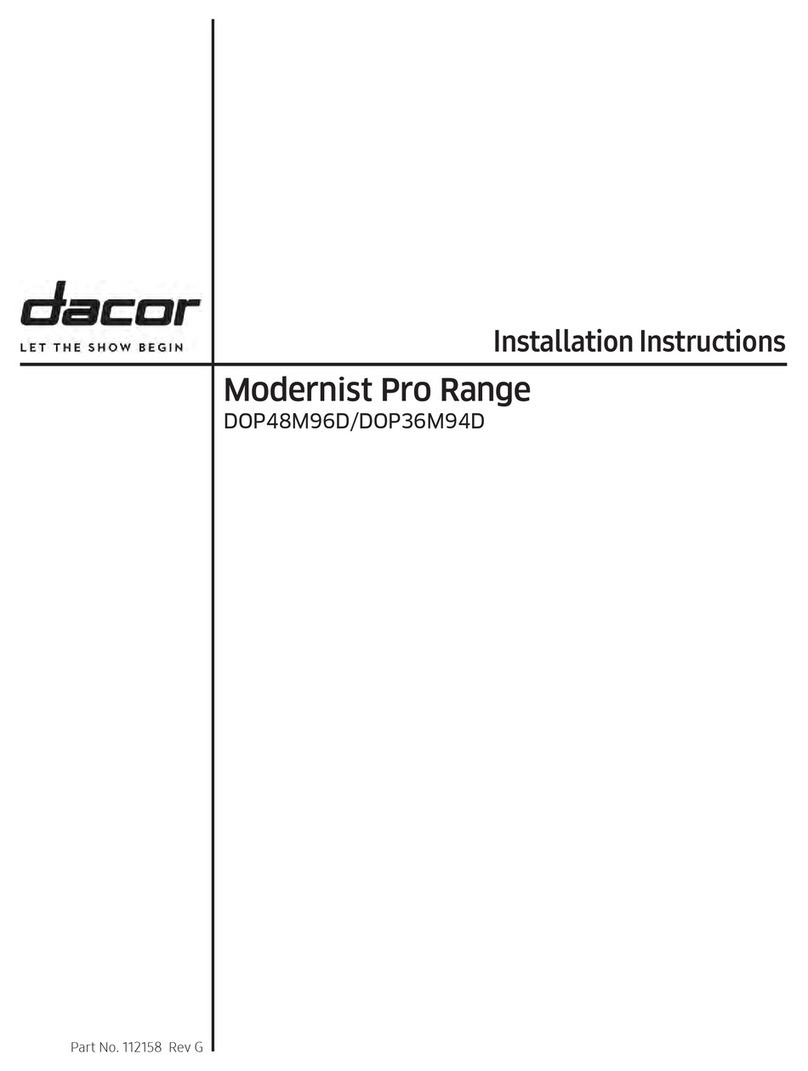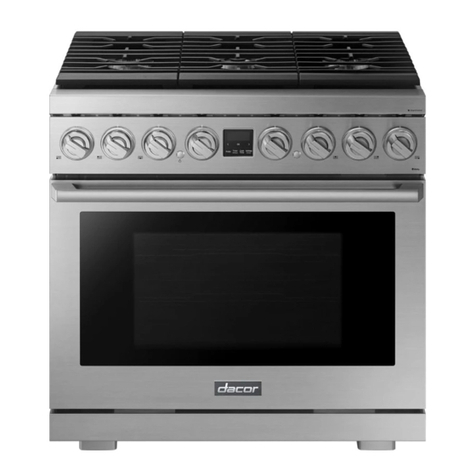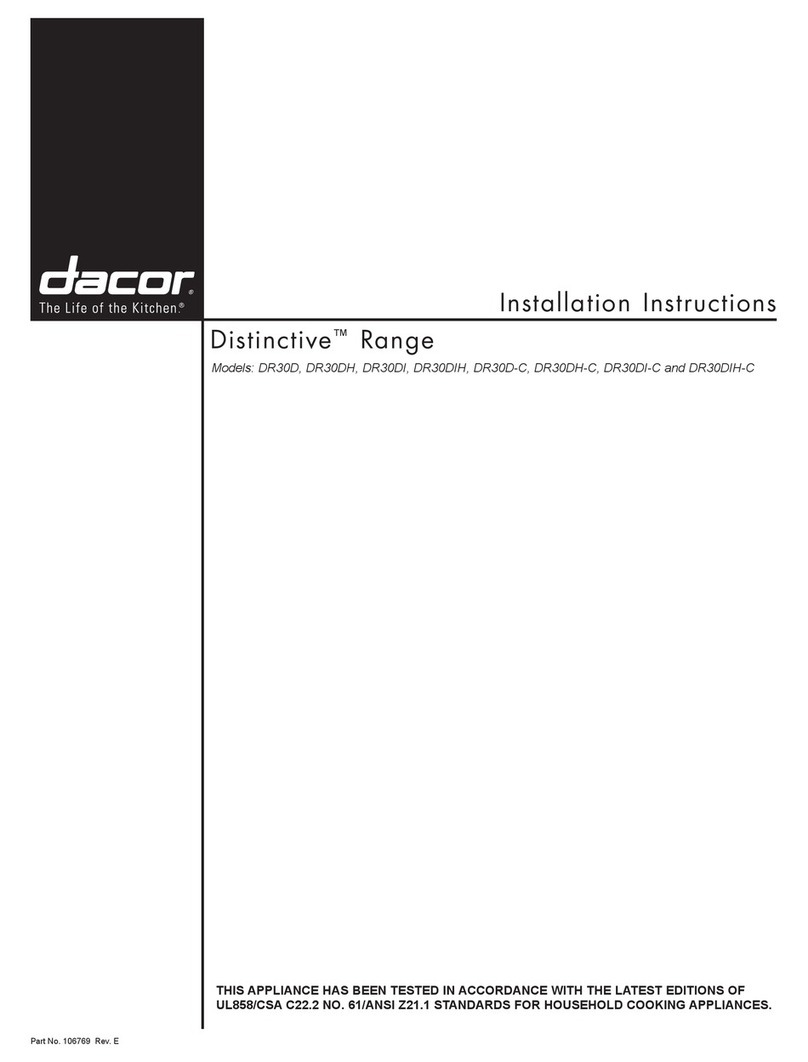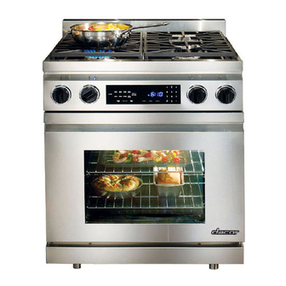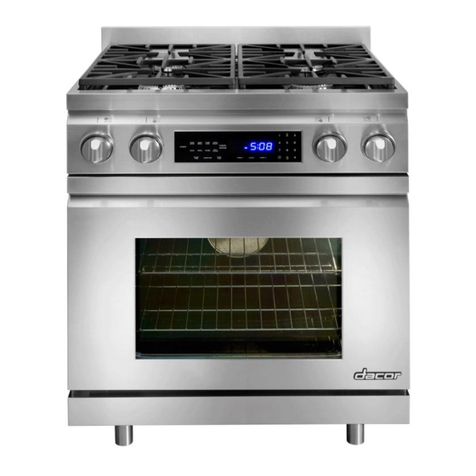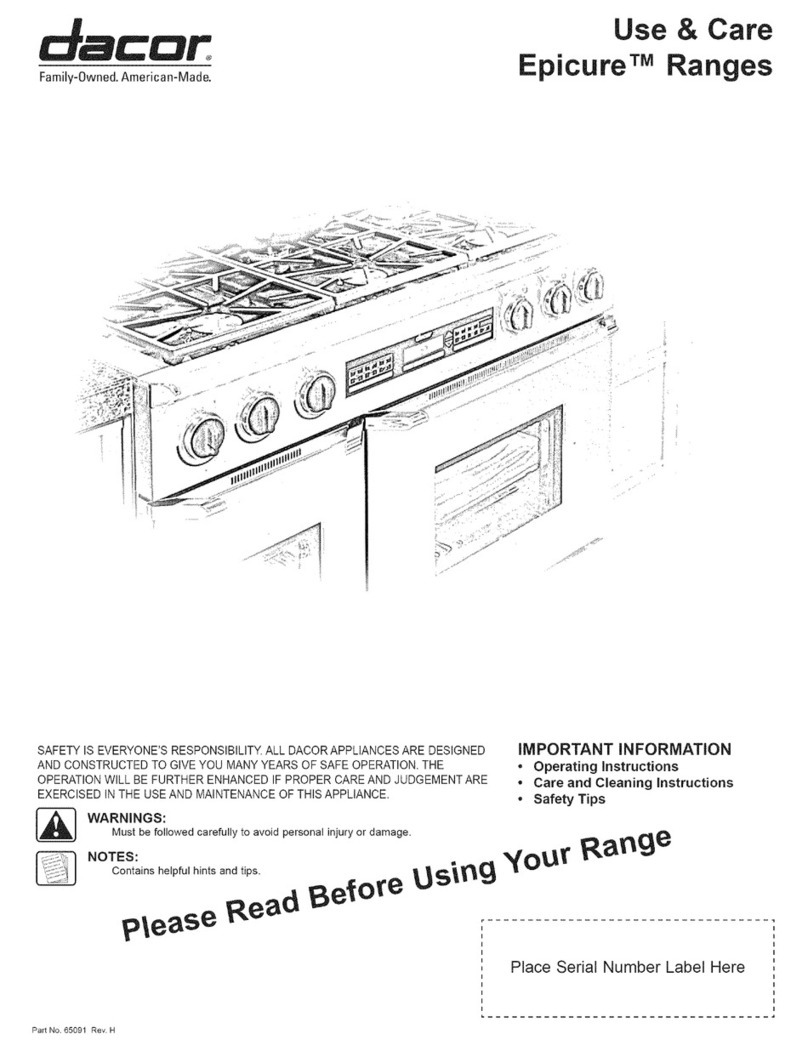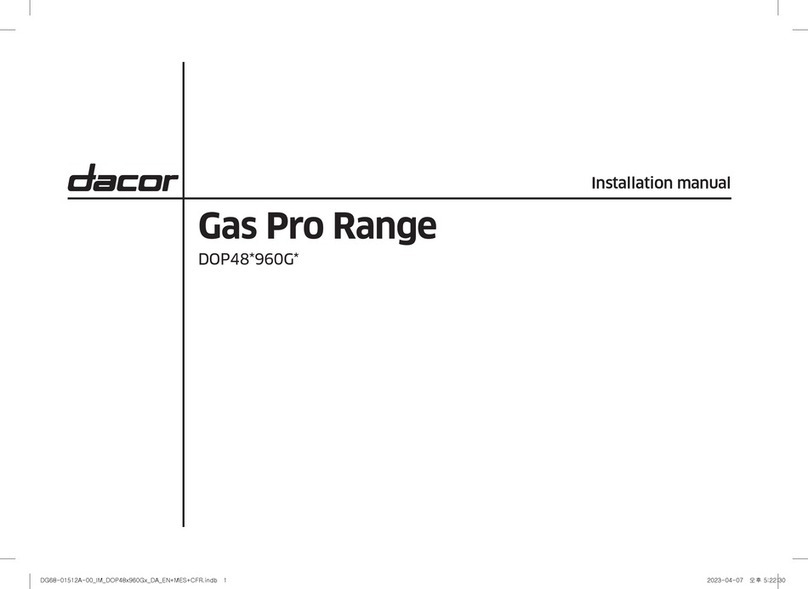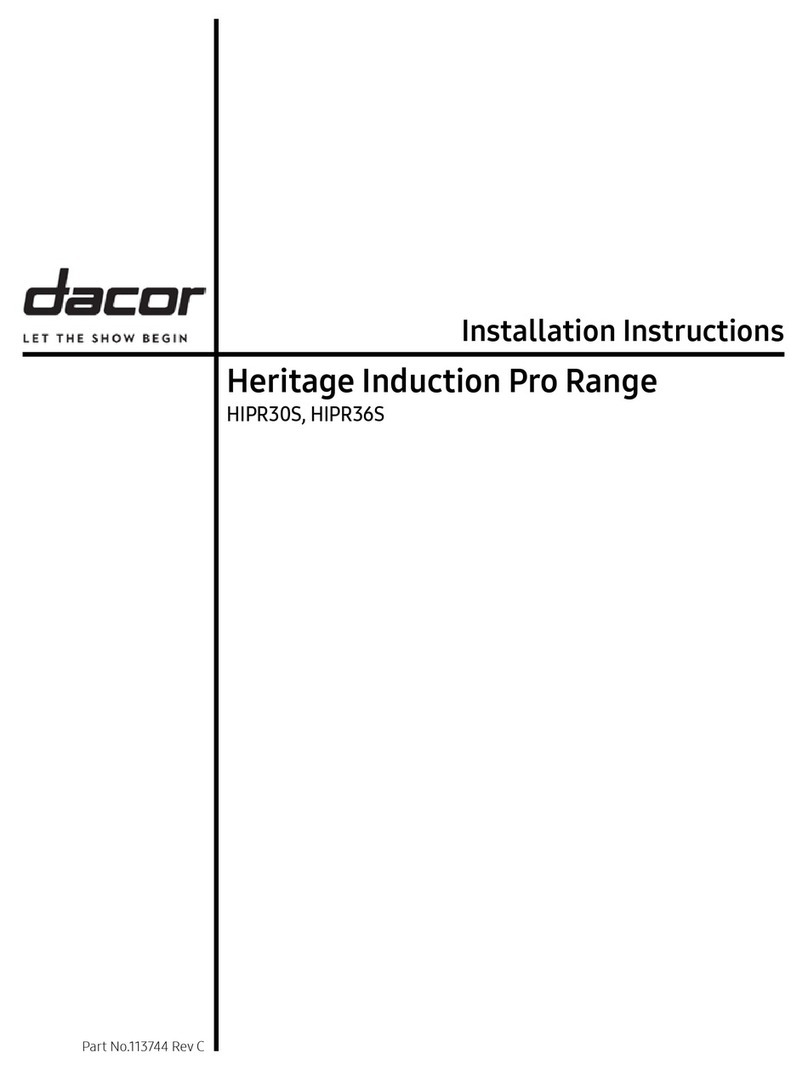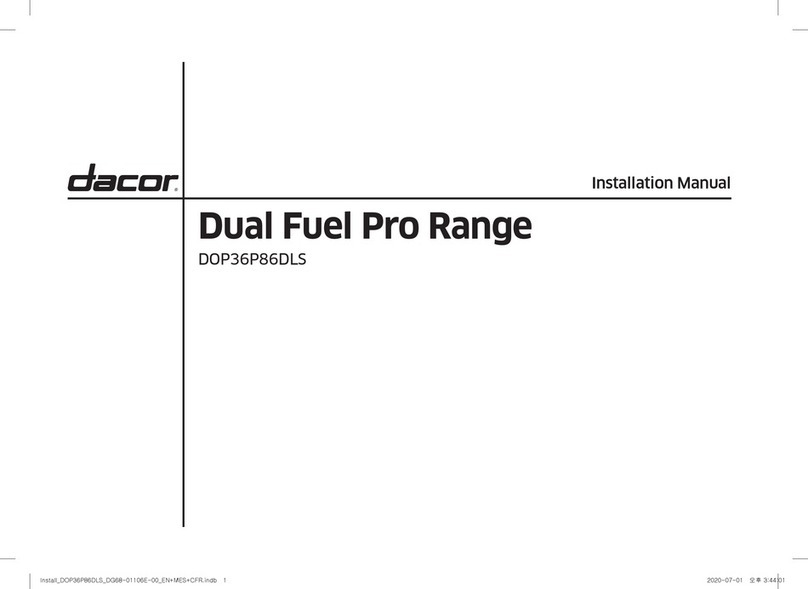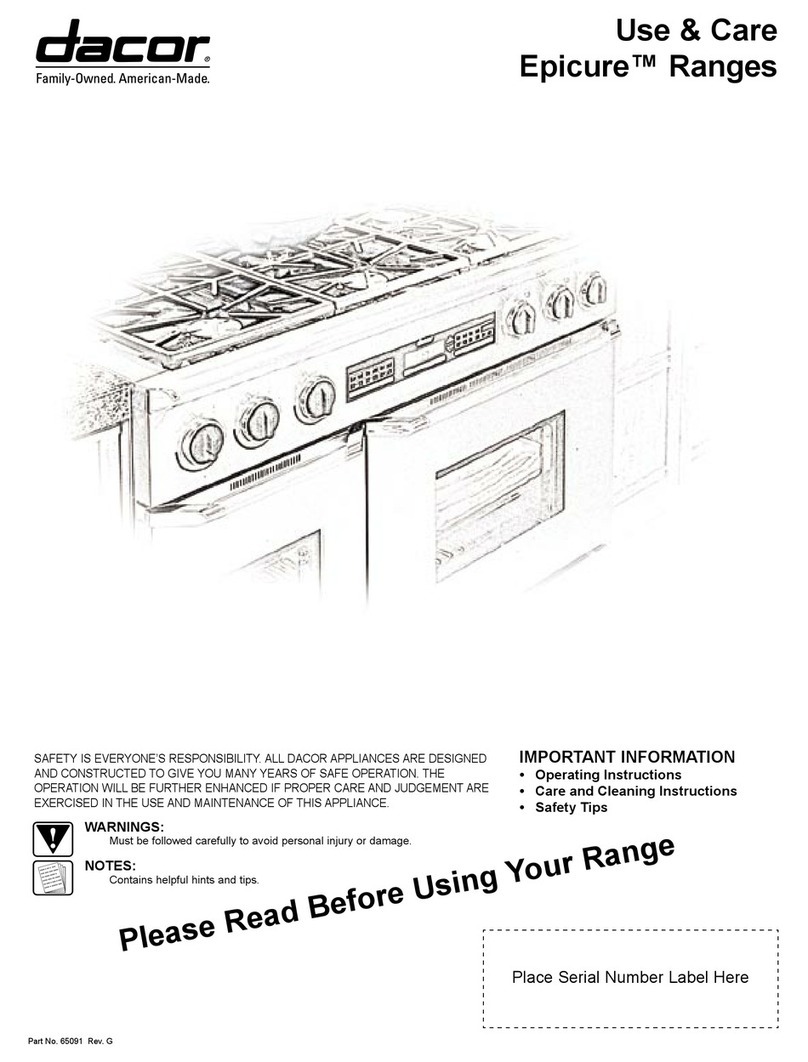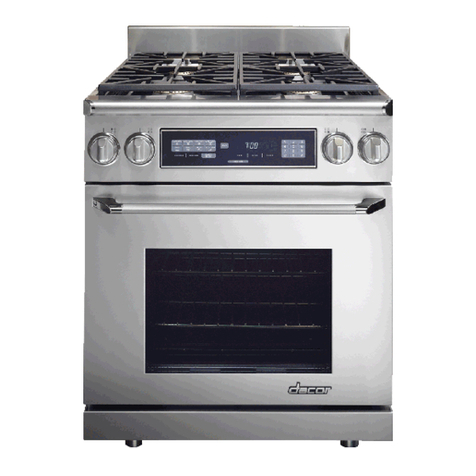
WARNING
• Use extreme caution if adding water to food on a
hot cooktop or in the oven. The steam can cause
serious burns or scalds.
Do not use the cooktop to heat aluminum foil,
aluminum pots or items wrapped in aluminum foil.
GREASE IS FLAMMABLE AND SHOULD BE HANDLED
CAREFULLY. TO REDUCE THE RISK OF INJURY TO
PERSONS IN THE EVENT OF A RANGE TOP GREASE
FIRE:
a. SMOTHER FLAMES with a close-fitting lid, cookie
sheet or metal tray, then turn off the element. BE
CAREFUL TO PREVENT BURNS. If the flames do not
go out immediately, EVACUATE AND CALL THE FIRE
DEPARTMENT.
b. NEVER PICK UP A FLAMING PAN - you may be
burned.
c. DO NOT USE WATER, including wet dish c!oths or
towels - a violent steam explosion may result.
d. If you are "flaming" liquors or other spirits under an
exhaust, turn the fan off. The draft could cause
the flames to spread out of control.
e. Use a fire extinguisher ONLY if:
,You have a Class ABC extinguisher, and you
already know how to operate it.
,The fire is small and contained in the area
where it started.
,The fire department is being called.
,You can fight the fire with your back to an exit.
f. In the event that personal clothing catches fire,
drop and roll immediately to extinguish flames.
, Use only dry potholders when removing food and
cookware from the cooktop or oven. Wet potholders
can cause steam burns. Do not let potholders come
into contact with hot heating elements.
•Do not use utensils that do not attract and hold
a magnet and never use a steel plate or griddle
to heat a nonmagnetic utensil, which can cause
INJURY or DAMAGE to the cooktop elements and
controls.
Do not heat eggs or unopened food containers such
as baby food jars and cans. Pressure build up may
cause them to burst and cause injury.
• Do not leave children or pets alone or unattended
in the area around the range. Do not allow children
to play with the controls, pull on the handle or
touch other parts of the range.
• Make sure individuals who use the range are able
to operate it properly.
Clean the range thoroughly before operating it for
the first time.
Clean and maintain the range regularly as
instructed in this manual. Keep the entire range,
ventilation filters and range hoods free of grease
that could catch fire.
WARNING
Do not allow food to sit in the oven for more than
one hour before or after cooking. Eating spoiled
food can result in food poisoning.
Do not cook on a broken cooktop. If the cooktop
should break, cleaning solutions and spill-overs
may penetrate the broken cooktop and create a
risk of electric shock. Contact a qualified technician
immediately to replace a damaged/pitted cooktop.
Non-sUck coatings, when heated, can be harmful to
birds. Remove birds to a separate, well-ventilated
room during cooking.
CAUTION: DO NOT LEAVE FOOD, COOKING
UTENSILS, OVEN RACKS, THE CONVECTION FILTER,
ETC., IN THE OVEN DURING THE SELF CLEAN
CYCLE.
• ATTENTION :NE LAISSER AUCUN ALIMENT,
UTENSILE DE CUISINE, GRILLES DU FOUR, LE
FILTRE DE CONVECTION, ETC., DANS LE FOUR
DURANT LE CYCLE D'AUTO NETTOYAG E.
CAUTION
Do not allow acids (citrus juices, tomato sauces,
etc,) to remain on the range's surfaces. The finishes
may stain.
Do not slide cookware across the cooktop. Sliding
may damage the finish. Lift utensils to reposition
them. Utensils with rough surfaces should be
avoided since they can scratch the glass surface.
Never use the cooktop surface as a cutting board.
• Do not try to remove heavy spills with a sharp
object such as a knife or metal spatula. Sharp
objects may scratch the range's surfaces.
• Do not ine the oven with aluminum foil or other
materials that can melt or burn up during self
cleaning and cause permanent damage to the oven.
Do not leave objects, such as aluminum foil, the
meat probe, cookie sheets, etc. on the bottom of
the oven. Objects left on the bottom of the oven
may cause damage.
Do not allow the broil element on the oven
ceiling to become covered up by cookie sheets,
aluminum foil, pots, pans, etc. Doing so may cause
overheating and damage the oven.
• To prevent damage, do not allow aluminum foil or
the meat probe to come into contact with heating
elements.
Always ensure that the light fixture lens cover
is in place when using the oven. It protects the
light bulb from breakage caused by high oven
temperatures or mechanical shock.
At Dacor, we continuously improve the quality and per-
formance of all our products. As a result, we may need to
make changes to this appliance without updating these
instructions. Visit www.dacoccom to download the latest
version of this manual.
3
